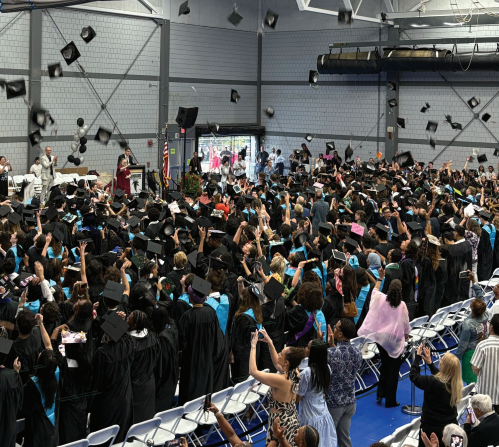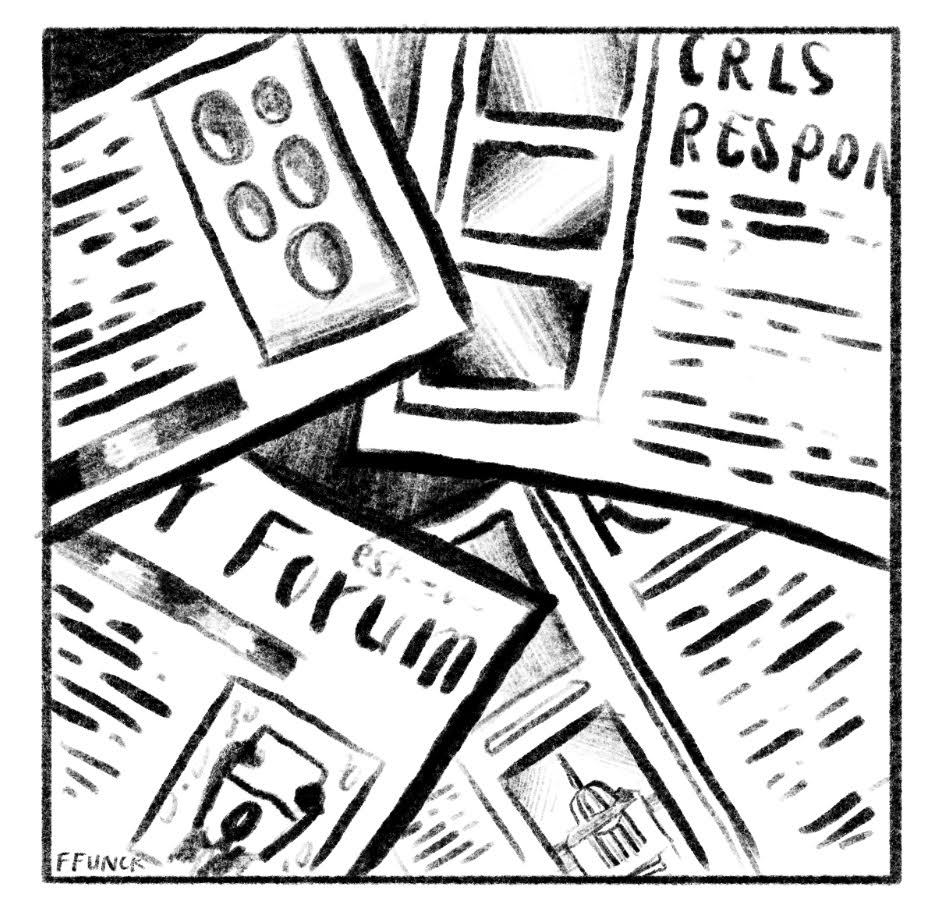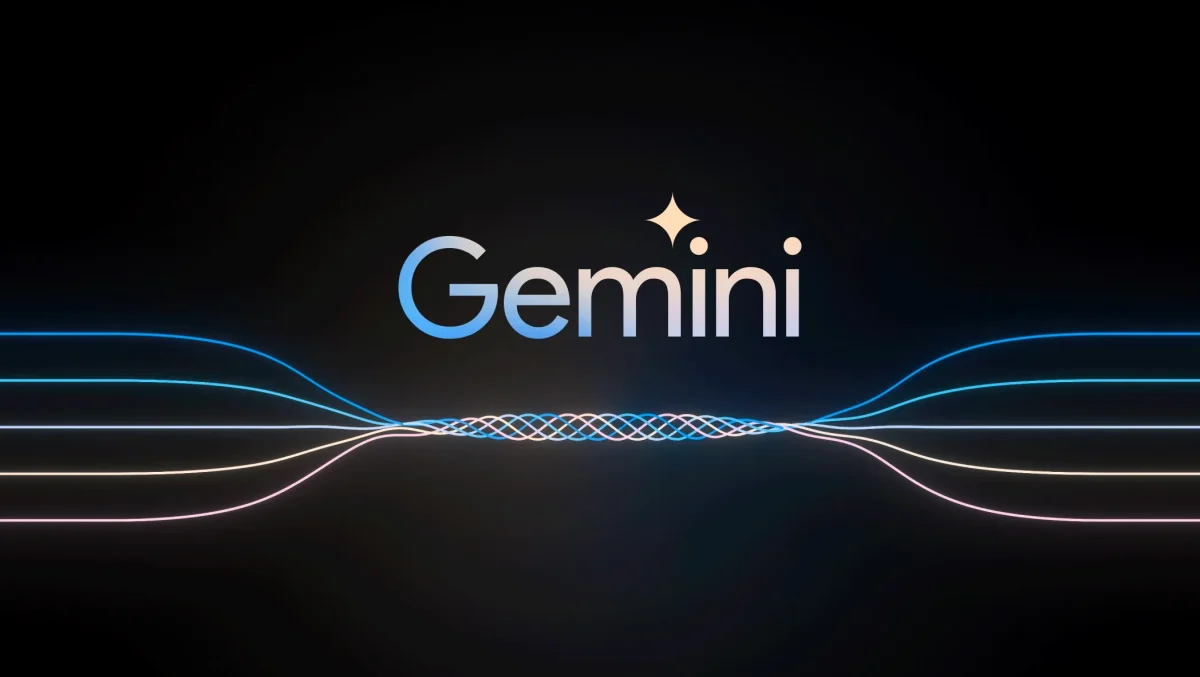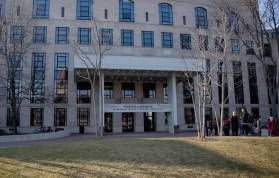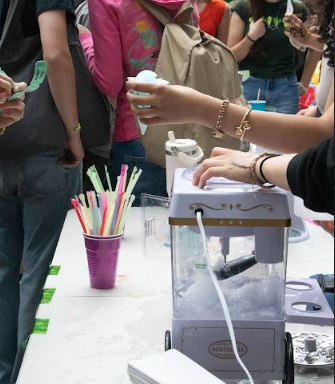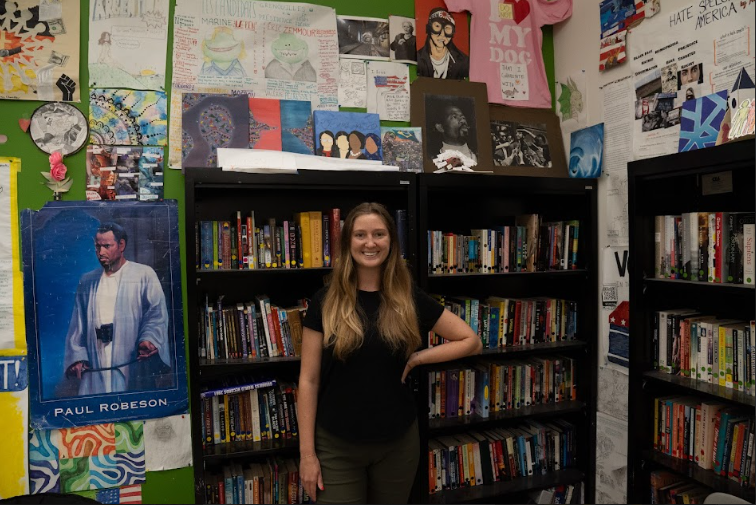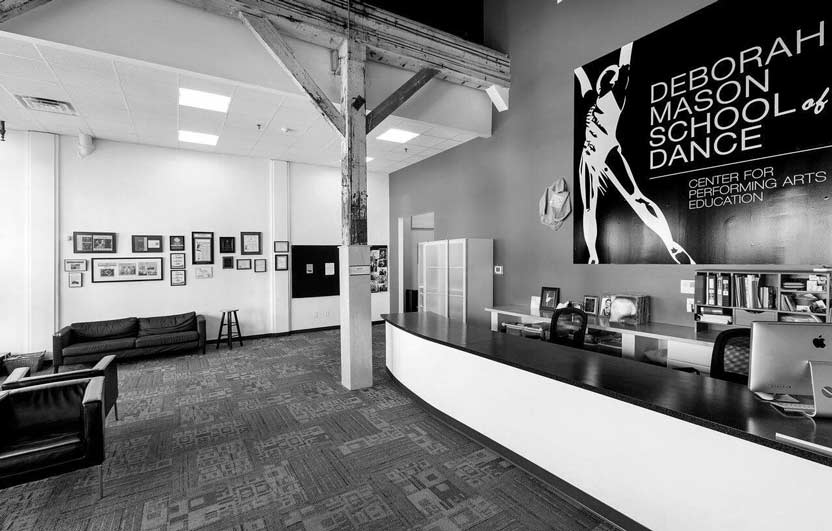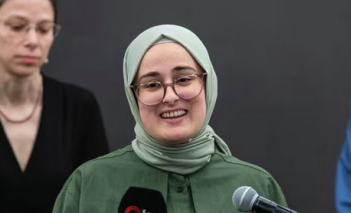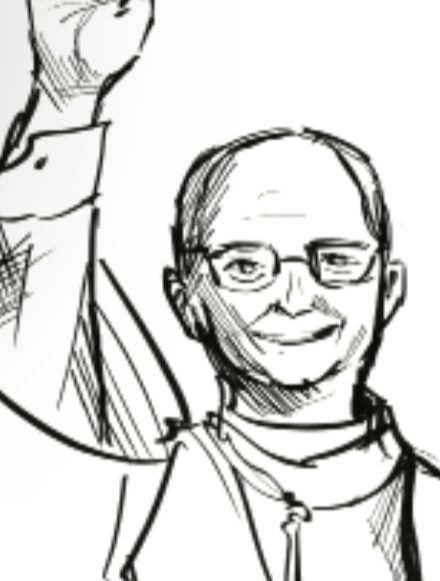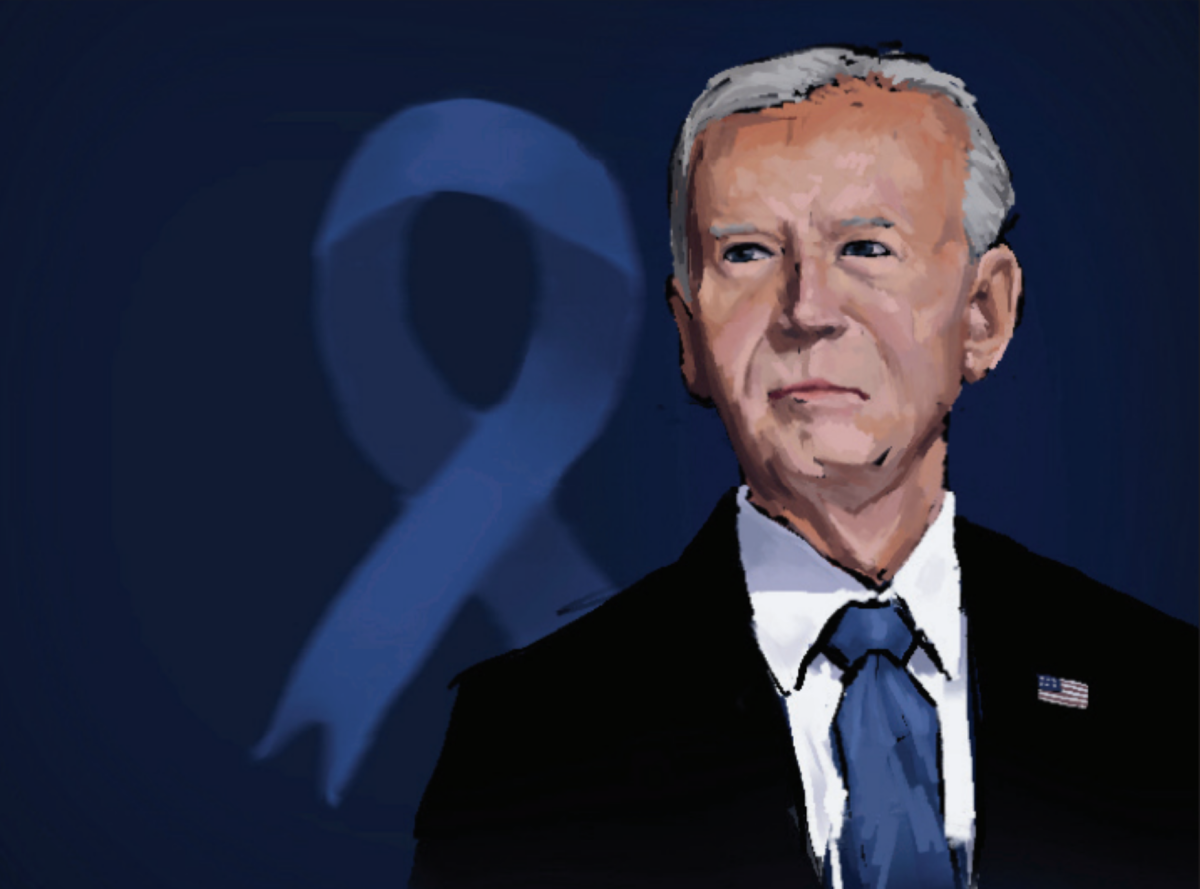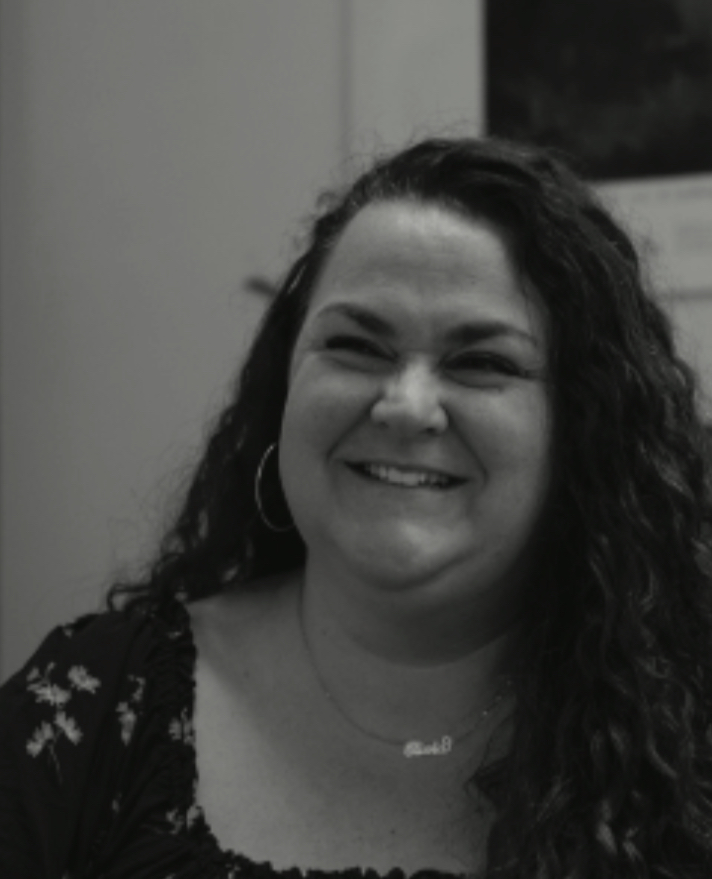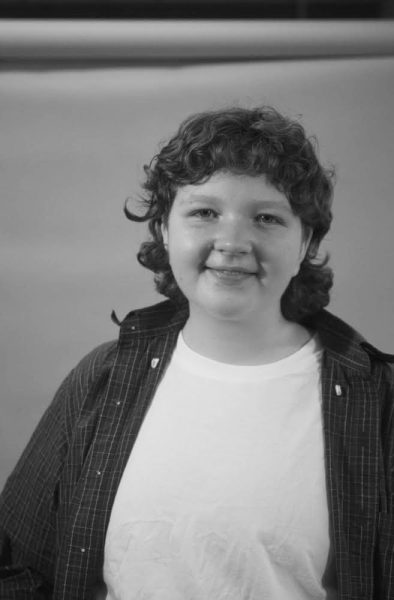This month, Governor Maura Healy declared March 2025 to be “Intellectual and Developmental Disability Awareness Month,” a month dedicated to acknowledging the importance of including and celebrating those with disabilities through increased awareness. However, this inclusion and awareness remains limited at CRLS, leading to a difficult educational experience for disabled students.
According to the CDC, one in four American adults, or 61 million people, have a disability—defined as a condition that limits a person’s ability to do everyday activities. Disability is also the only minority that someone may become part of at any time, through age, injury, or illness. Yet disability is consistently underrepresented in education, a fact reaffirmed by CRLS’s lack of intentional disability awareness. A survey of about 200 students conducted by the Register Forum found that only 40% of surveyed CRLS students had learned about disability during their CRLS education, with most recalling a single video or optional project. Representation allows minority students to better succeed, as CRLS health teacher Ms. Shannon Beatty explained to the Register Forum, “It helps students feel seen and included in their learning experience.”
One important aspect of representation is accurate and in-depth history, and disability history is significantly lacking in education. Mary Lou Breslin, a disability rights law analyst at the University of San Francisco, explained in an interview with Disability Rights Education and Defense Fund that the disability rights movement “had the most profound social policy impact on the U.S. of any civil rights or social policy legislation, perhaps ever.” Despite this, only 35% of CRLS students surveyed had ever learned about disability history.
Learning the history of marginalized groups may lead to increased empathy and understanding, something that would likely improve the experiences of disabled students at CRLS. Aside from a lack of representation, the Register Forum also found that 80% of students surveyed had witnessed ableism at school, with some noting an increased usage of slurs. Sophia Phillips ’28 shared their experience with the Register Forum, “It’s not that people are trying to insult me for being disabled … they truly just have not had the education that teaches them this is not okay.” Phillips also noted the physical inaccessibility at CRLS, highlighting that elevators frequently don’t work. Illustrating the ramifications of this inaccessibility, the Massachusetts Department of Education found, as of 2024, only 64.5% of students with disabilities were passing their ninth-grade classes at CRLS.
As Phillips explains, it is reasonable to suspect that the root of this ableism may be the lack of disability awareness that CRLS students receive, and this extends beyond the curriculum. Ms. Beatty noted to the Register Forum that ableism at CRLS “is likely attached to lack of exposure to disabled folks in classrooms and in general spaces in the school.” The American University School of Education underscores this, writing in an article that “Children base their visions of their futures on what they see in their everyday environments … Therefore, building academic environments where students can see role models in their teachers and teachers can better understand their students can help improve student outcomes.”
While disability-related education is only the beginning of creating a better environment for disabled students at CRLS, it seems to be an essential first step towards creating this necessary change.
This article also appears in our June 2025 print edition.


